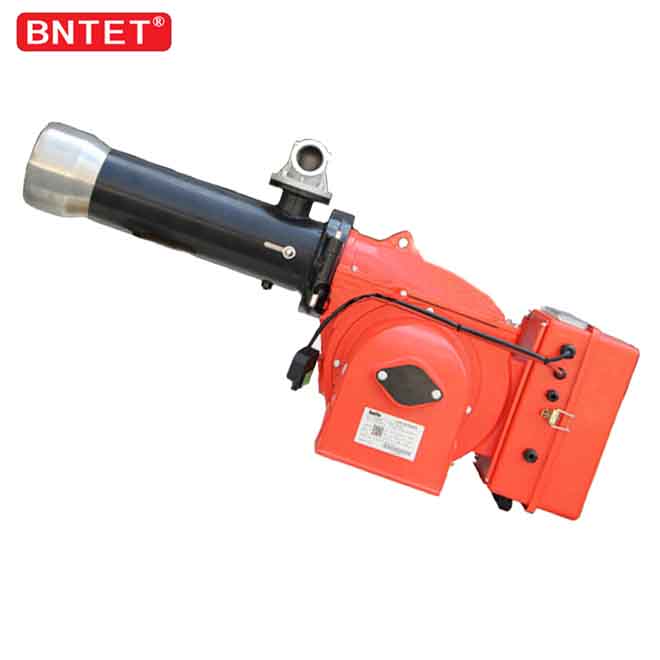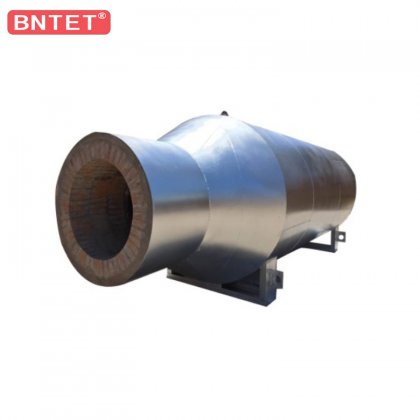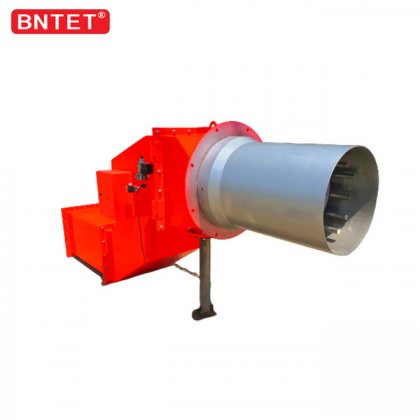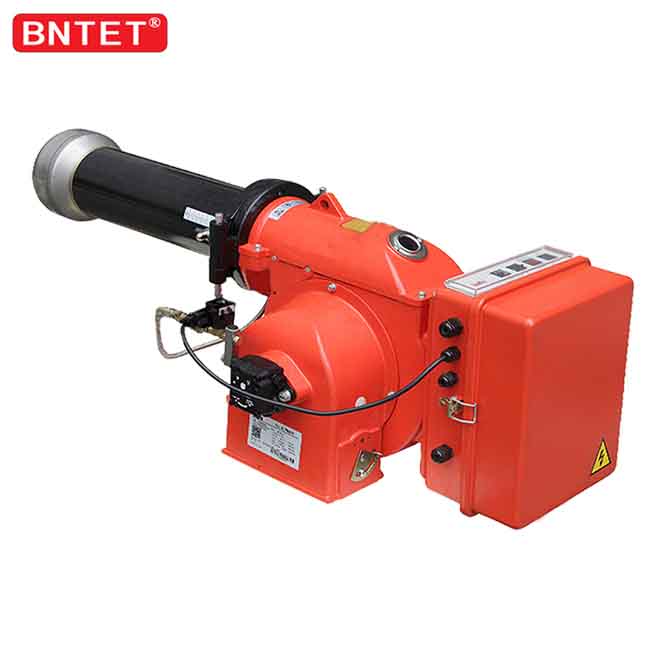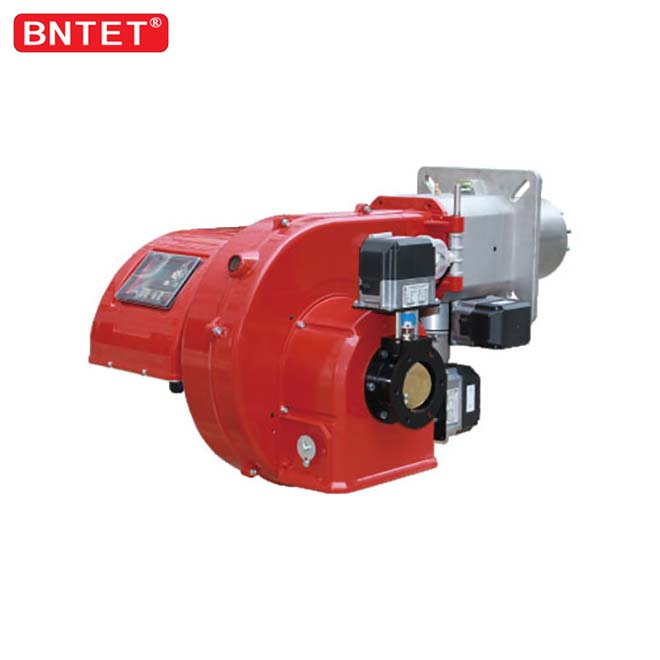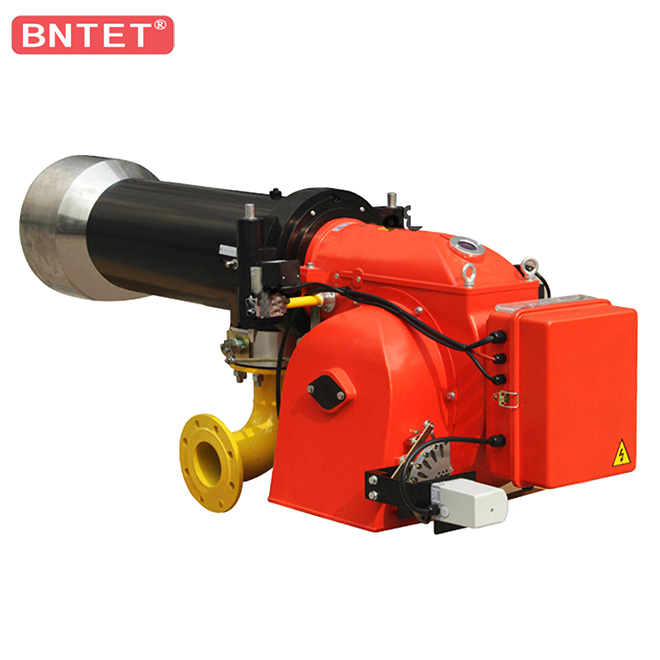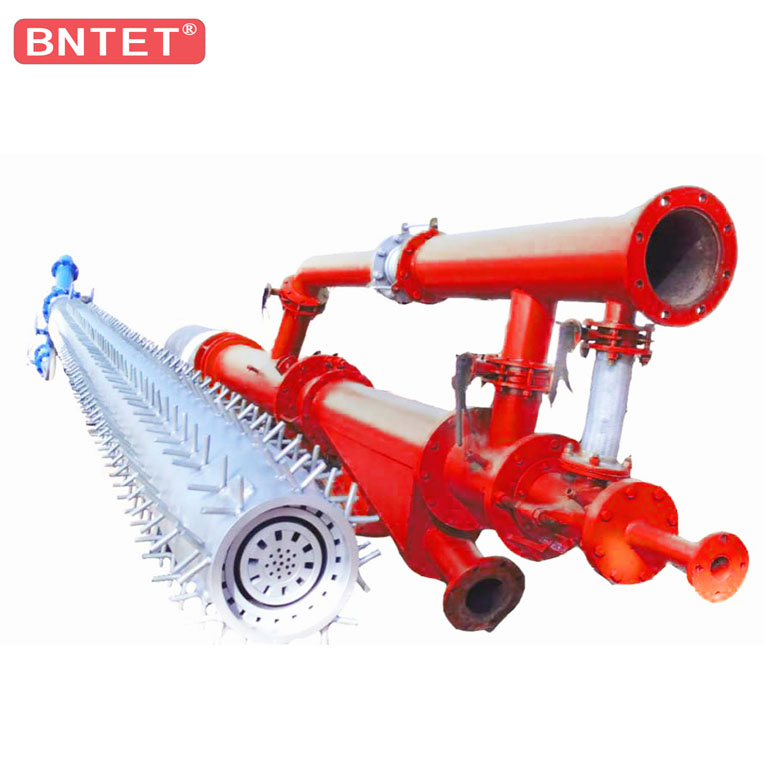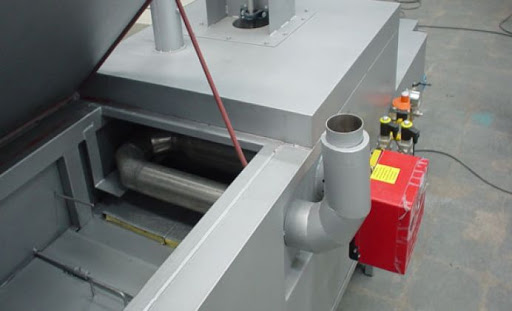
The inside of the dryer equipment is inseparable from a device called the burner, so many people may not be familiar with the burner, so here I will introduce to you what the function of the dryer burner is. The dryer uses pulse combustion. The functions of valve and valveless pulse burners are summarized as follows.
Due to the oscillating pressure changes in the combustion chamber of the dryer equipment, we can use mechanical valves driven by overpressure or negative pressure, which is particularly beneficial when low output power or high turndown ratio is required. Another design matter is called valveless combustion, using pneumatic "diodes" instead of mechanical valves, in the form of a shaped hole in the inlet pipe, a profiled diffuser or a sleeve. This pneumatic diode allows air and fuel to flow into the combustion chamber and prevents the flue gas from outside the combustion chamber from flowing back through the inlet.
According to the way fuel and air enter the combustion chamber of the dryer, pulse burners are divided into two categories: mechanical valve type and pneumatic valve type (also called valveless burner) pulse burners. Mechanical valves can be further divided into three types. Types: flapper valve, reed valve and rotary valve.
Because the mechanical valve provides a physical obstacle to the return of combustion products to the inlet pipe of the combustion chamber during the positive pressure phase of the pulse combustion cycle, one-way flow is the basic feature of the valved pulse burner. However, the design of the mechanical inlet valve is also accompanied by some problems. Due to the high frequency of the pulse burner, the inertia of the valve should be reduced as much as possible. Another consideration is to protect the valve from the thermal stress that may be incurred during the combustion process and avoid corrosion due to contact with hot flue gas. These special problems become more serious for heavy-duty pulse burners operating under large pressure ranges.
